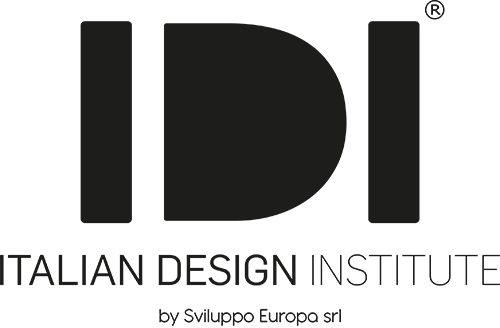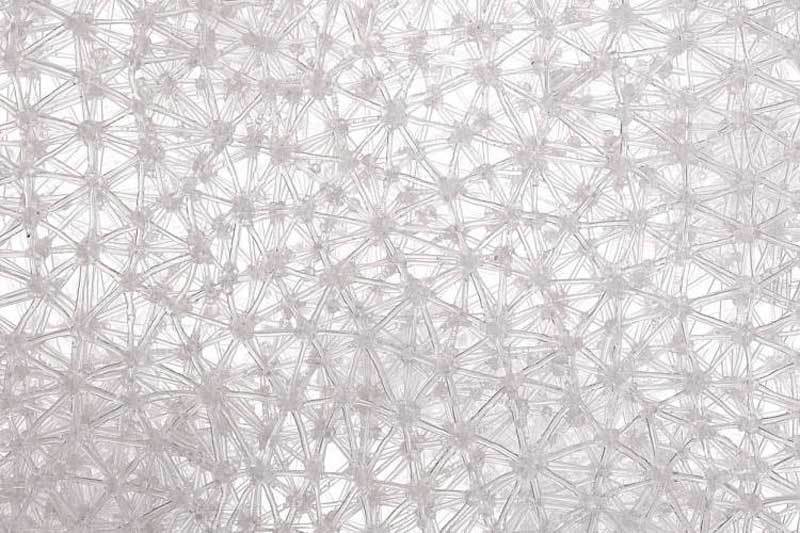3D Printing Pen
In the diverse world of 3D printing, there are three orders of magnitude: industrial printers, which produce large metal objects; professional printers, which work with various types of plastic on dimensions of no more than 30 cm; and 3D printing pens, which are considered little more than toys to amuse children by introducing them to the world of additive manufacturing, spending no more than 120 euros.
Korean designer Jungsub Shim has already transcended these frontiers by making a beautiful chair with a very simple 3Doodler model pen. The process took a long time as Shim created individual lines and then connected them together, progressively shaping a three-dimensional structure strong enough to support the weight of a person.
The creative process using the 3D pen is one of the most creative you can imagine, it involves literally drawing shapes in the air that you have in your head. Some artists start with two-dimensional images and then add the third dimension. Shim, on the other hand, started from the individual segments of translucent plastic he made with his 3Doodler and then connected them into a structure that closely resembles a huge molecule composed of thousands of atoms linked together.
Shim's work was part of a design course at the Hongik University of Seouland the concept from which the young artist started was the similarity between the neuronal connections in the human brain and the connections between global computer networks that form the backbone of the web.
Jungsub Shim
The young designer's chair took two months, with eight-hour working days. Jungsub Shim said: "My work during that time was similar to what most people do in the workplace, like a worker on an industrial chain: repetitive movements for eight hours a day, with a short break for lunch.
And this is actually a very good metaphor for what could be the artistic production method in the era of the fourth industrial revolutionThis is painstaking craftsmanship, guided by a fertile imagination, which uses materials not with subtractive logic (as the carpenter does with wood or the turner with metal) but additive. L'artistic handicrafts of centuries past could make a comeback in the 21st century thanks to new technologies that turn ideas into solid objects.
Source: Dezeen.com





